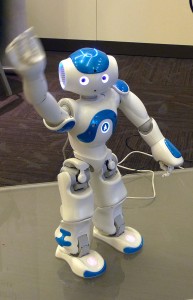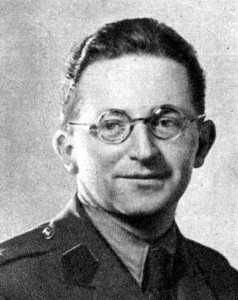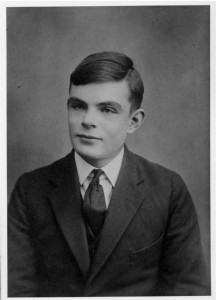In our science communication class, we talk about different strategies and mediums to ultimately help us get our message across easily. But, have you ever thought about learning science through a robot? For one company, robot teachers aid them in their mission to introduce young people to technology and to gear students towards scientific careers. Specifically, Aldebaran has developed NAO, a robot teacher that is aimed at engaging students in computer and science classes throughout elementary school to university.

NAO, a robot teacher. Source: LinuxTag Flickr
NAO is a 58-cm tall humanoid robot that can speak, sit, stand, walk and recognize speech. The robot is also programmed to speak up to 19 different languages.
The complexity of NAO’s teaching differs depending on the education level. For example, in elementary school, NAO can help teach children their multiplication tables, whereas in university, NAO can also be used to challenge students with problems in business and society.

NAO, waving. Source: Anonimski Wikimedia Commons
For St. Dominic School, NAO has been a great addition to their science lab for the past year. They use the robot to teach elementary children the fundamentals of basic programming. For example, children learn to program its movements from kicking a soccer ball to waving hello. While this serves as a great introduction to high school, a teacher from the Career and Technical Education Academy believes its use in higher level education could also look great on résumés. Operating a robot is surely something that may impress certain information and communication technology companies.
An article in Channel NewsAsia suggests NAO’s mere presence engages students, especially students with autism. Autistic students have trouble with social interaction, thus the robot allows a different form of interaction with the student. It can respond perfectly just like a human, but the idea is that since students are more keen to play with robots, they are seen as more approachable than human teachers. In a recent research study, they show that children with autism were more engaged with their tasks and found them more enjoyable with a robot compared to an adult.
I found NAO to be an interesting innovation because it engages students in not only science, but communication skills in general. It provides some things that human teachers cannot such as hands-on programming and an enjoyable method of interaction for autistic students. NAO may not be a necessary tool in helping students, but it is definitely a creative and innovative option for schools that want to try something new. With a hefty price tag of $7,990, NAO is unfortunately only limited to schools that have the sufficient funds to afford it. Hopefully, the robot can be much more affordable in the future so it can be used under a broader spectrum.
Check out this video below by AldebaranRobotics, showing NAO being used in a British primary school’s class.

-Ian Villamin



